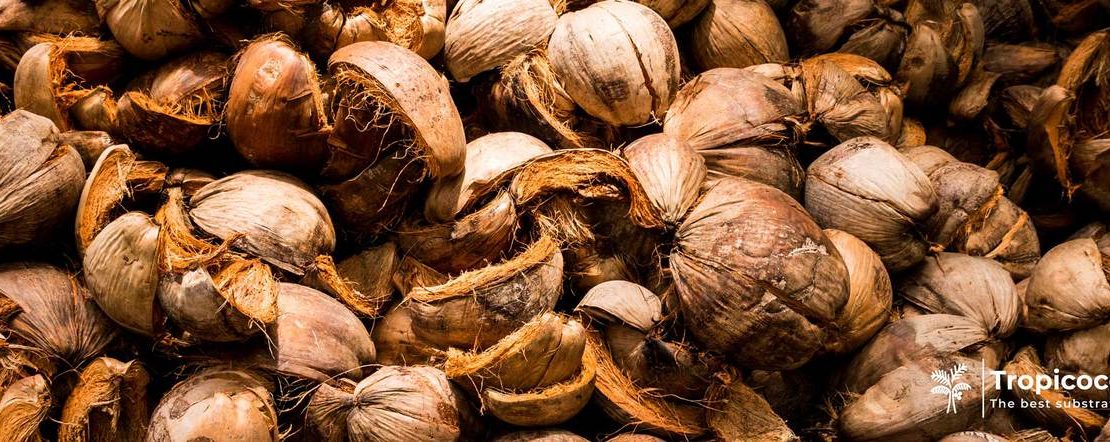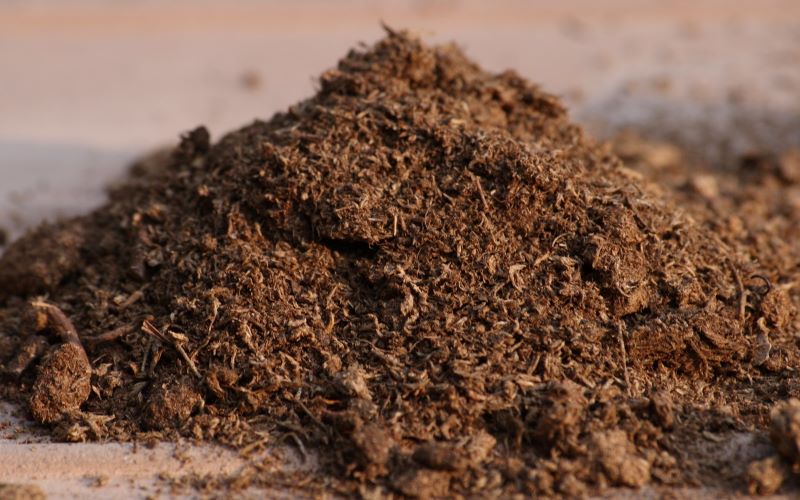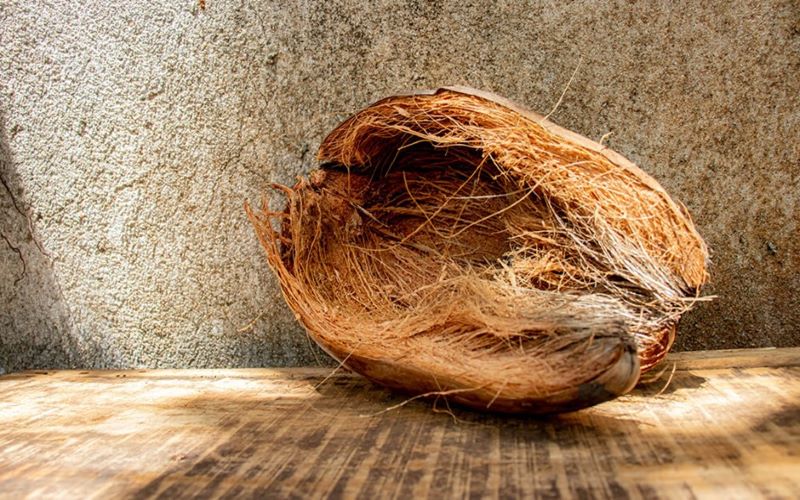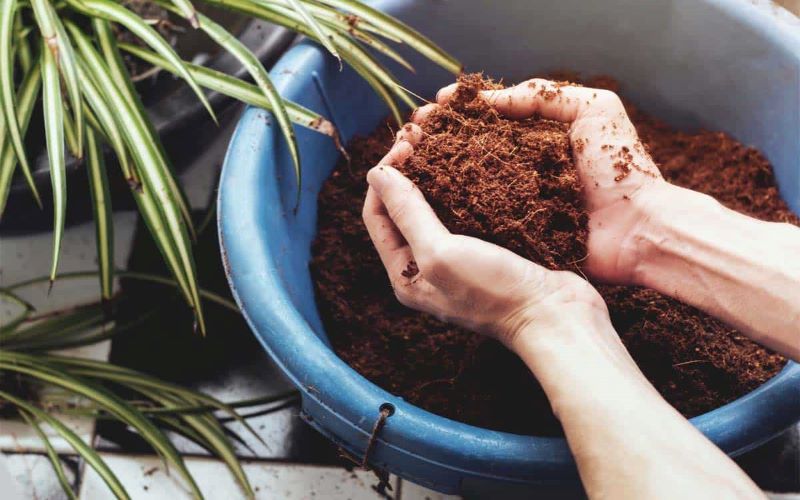The manufacturing process of coco coir - How to make coco coir soil mix?
The manufacturing process of coco coir – How to make coco coir soil mix?

When mentioning gardening, there are some products that are better for the environment than others. One of them is the coco coir. It is a totally natural material which people produce from the coconut husks which most everyone has always skipped. Gardeners and farmers, however, have found that it is an incredible growing media and soil additive. The hydroponic growers, in particular, witness a great deal of advantages of coco coir over the other media. It can retain a greater amount of air than Rockwool, absorb water without damaging the fibers, and assists with pests and diseases control. However, many people have a question about how to make coco coir during the manufacturing process. Because when knowing the process of manufacturing coir, it can help you decide which manufacturer is best for your needs. Today, Tropicoco will show you our good manufacturing process of coco coir.
Types of coconut coir

How to Make Coconut Coir

During harvesting, manufacturers turn the coconut husk’s natural fibers into coco coir. Some manufacturers will soften the fibers by using freshwater, while the other manufacturers use the saltwater to do this process. Because coco coir is very tough, we can not break it down when soaking in saltwater, while we can do this thing for the other natural threads. However, coconut coir will absorb a high amount of sodium when soaking in saltwater. Therefore, if you plan to use coco coir for hydroponics or gardening, it can be more beneficial if you treat coconut coir by using freshwater. If you use coconut coir when soaking it in saltwater, you can do harm to your plants.
Normally, you can look at the label of the coconut coir product you are considering purchasing to decide if it can meet your needs or not. Often, manufacturers will treat the coco coir for decoration by using saltwater, while manufacturers will treat coir for hydroponics for freshwater. Although this saltwater-treating coir is cheaper than the freshwater-treating coir for hydroponic purposes, it will not be too suitable for your plants.
Make coco coir soil mix

The coir after rehydrating will be lighter and fluffier. After rehydrating, coir is ready to mix with traditional soil. Because the nutrients in coir are different from that of the other substrates, you need to test its nutrient levels to determine the best mixture for you.
Afterwards, you add aeration components and consider nutrients content. First, adding an aerator will create air pockets which help you control your soil’s moisture levels well. Moreover, because coir contains the levels of calcium, magnesium, and nitrogen, you need to consider the fertilizers having a high amount of these 3 nutrients.
The time to make coco coir
Making coco coir can take a very long time. While we can harvest brown coir from the nut and work with brown coir pretty soon, we often need to store white coir longer before using it. Because coir fibers can take a number of years to store, they do risk becoming vulnerable with harmful pests or pathogens. People sometimes make coconut coir with chemicals or steam to clean it, but this process can do harm to the coir’s whole quality. You should find a manufacturer, such as Tropicoco, that uses proper storage methods to prevent organism growth in coconut coir instead of soaking in chemicals.
Conclusion
Tropicoco has shown you the process of making coconut coir and how to make coco coir soil mix. The method to make coco coir can play an important role in deciding which product you want to use. Especially, if you use coir for planting purposes, you should avoid using it treated with saltwater, chemicals, and steam. If you want to buy coconut products with standard manufacturing process, you should go to Tropicoco:

